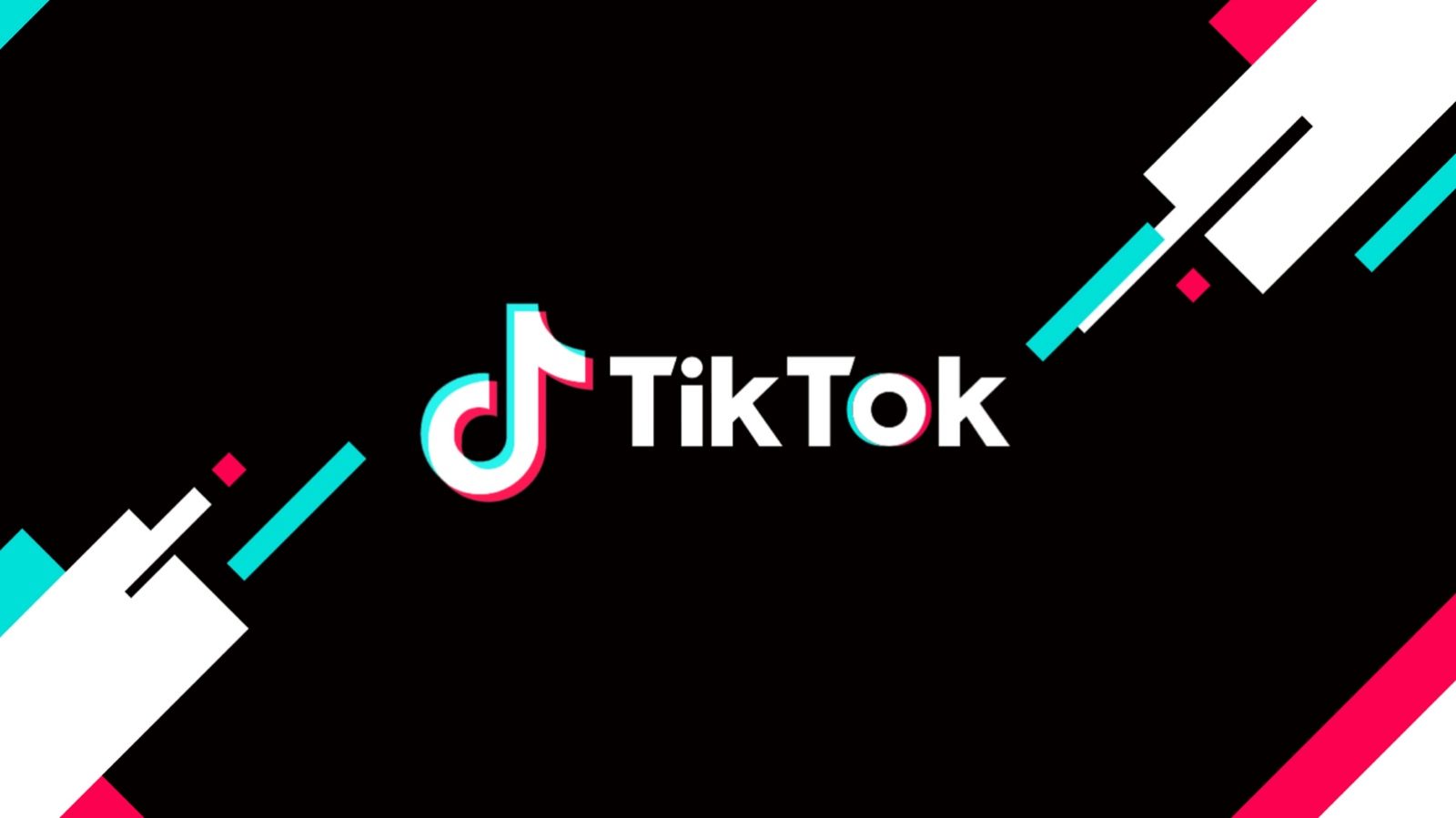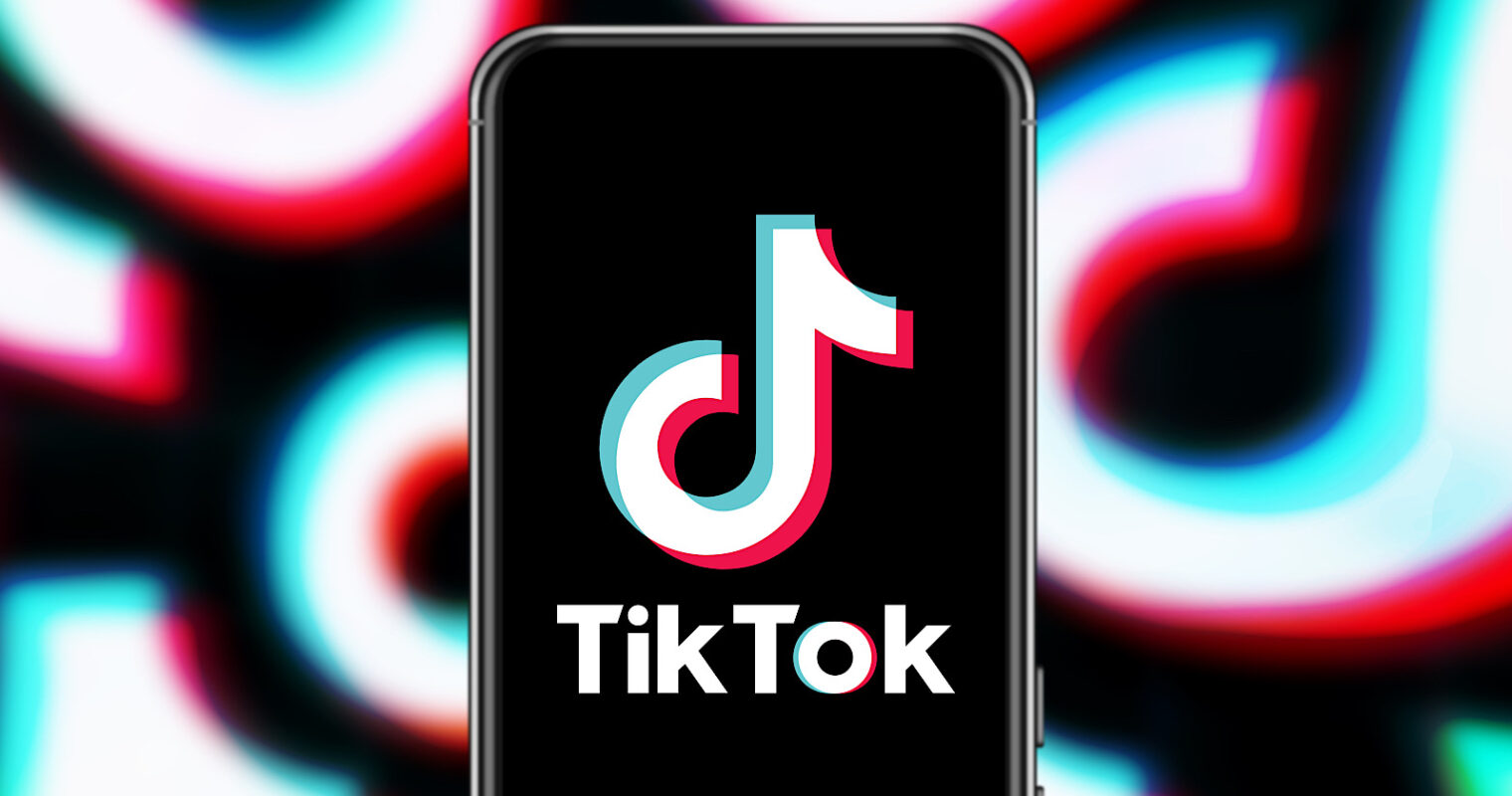Tiktok: A 5-year journey and counting
Since its release in 2016, TikTok has won considerable achievements in numbers. It took TikTok only two years to reach 1 billion users, while this milestone cost Instagram and Whatsapp 8 and 5 years, respectively. Is there any success formula behind its massive coverage and popularity?
A grasp of human psychology
Many people attribute the prosperity of TikTok to its clever marketing campaigns, algorithm or one-of-a-kind way of conveying information to the audiences. Its unique strategy actually revolves around how TikTok actually grasps user psychology.
There might be opposing viewpoints regarding content on TikTok to be piffling, as TikTok at its dawn was a platform fraught with lip sync, singing and dancing short videos. However, the videos produce dopamine and endorphins, generating positive energy and prompting our satisfaction and happiness. Each time going through TikTok videos, the users feel they are watching something fun, entertaining, fulfilling, or skill-enhancing. When we continually wonder what is ahead of us, we would watch even more to satisfy our curiosity. This practice matches our nature of ongoing interests in the unknown.
People typically keep discovering the unknown when they sense safety. Vice versa, we tend to be terrified by darkness, shadow, or great depths, which barely provide security. TikTok is aware of what happens inside the humans’ minds, and they combine the provision of an influx of content with a no-worries experience to unceasingly provoke our eagerness for whatever comes next. The result? We only stop surfing TikTok when we are tired or asleep, similar to how Facebook created the legendary scrolling gesture, turning it into a primary action on most hardware items. It is clear that TikTok has researched media users’ behaviours and thoroughly understands their thoughts and actions when holding a mobile phone in their hands.
Basic, yet effective marketing tactics since the first days
TikTok was founded in 2016 and only had its brand identity, including its name, on 13/3/2017. From then on, its Board of Directors made nearly no media or marketing mistakes.
To begin, they sent invitations to Chinese celebrities to join the platform to take advantage of their user pools. While this approach was far from a fresh method, TikTok managed to convince these famous individuals that they could actually like and use the platform rather than merely being paid to appraise it. At the same time, TikTok gradually appeared more frequently on TV and music shows with enormous financial and human resource investments from the BoD. A habit of sharing TikTok videos through Weibo and WeChat was formed among the mass public. Who does not like eye-catching filters and amusing movement effects?
Ensuring a positive experience and encouraging the Chinese public to try a fresh and captivating platform, TikTok continued by building its reign in Korea, Japan and Southeast Asia with similar tactics.
An incomplete algorithm
To the audience, TikTok is an app with a plethora of content covering various topics. Content creators can acquire large fan bases if their videos are fun or educational with accurate hashtags. Flexibility to algorithm changes would promise success for them.
Despite being criticised for boosting frivolous content, TikTok has reached users from different parts of the world. It has opened up opportunities for people to make videos and acquire acknowledgement quite shortly, helping develop their personal image and career. In 1 minute or less, a video can spread a name overnight.
How exactly does the algorithm work? The way TikTok recommends new content to users is barely different from that of other SNS, which is to base the recommendations on videos they have watched and liked, aiming to maintain their enthusiasm. Regretfully, this is an incomplete system and should be subject to modification.
The over-dependence on hashtags would backfire. That users spend time on a particular video does not automatically mean they are interested in the topic or the image effects. Not to mention, the repetition and monotony of hashtag-based content can cause boredom and diminish curiosity. Furthermore, TikTok is hardly considered a source of reliable information and references.
Profit maximization
There are three ways for SNS providers to generate profits: advertisement, membership/subscription and commissions from direct product sales. YouTube is a salient example of a good money maker using in-stream video ads, while Netflix is the pioneering and most successful streaming platform.
Mature as it seems, the media industry has not optimized its money-earning procedures. Evident is the collaboration story of TikTok and Taobao. Links on TikTok videos can redirect users to the Taobao website, offering vouchers for product purchases. Link clicks are guaranteed, but the conversion rate is a different story. Its efficiency naturally aligns with the product quality. It is why experts contend that the TikTok operational mechanism should be subject to change, and a long-term profit-generating model that does not interrupt user experience is imperative.
Conclusion
TikTok is growing fast, thanks to its user-friendly nature, short but informative and entertaining videos, and the opportunities it offers anyone in the public. Its shortcomings associated with content quality, censorship and profit-generating activities cannot be overlooked, but what TikTok has managed to do has proved its competence and determination to overcome those challenges as time goes by.





Comments
Post a Comment